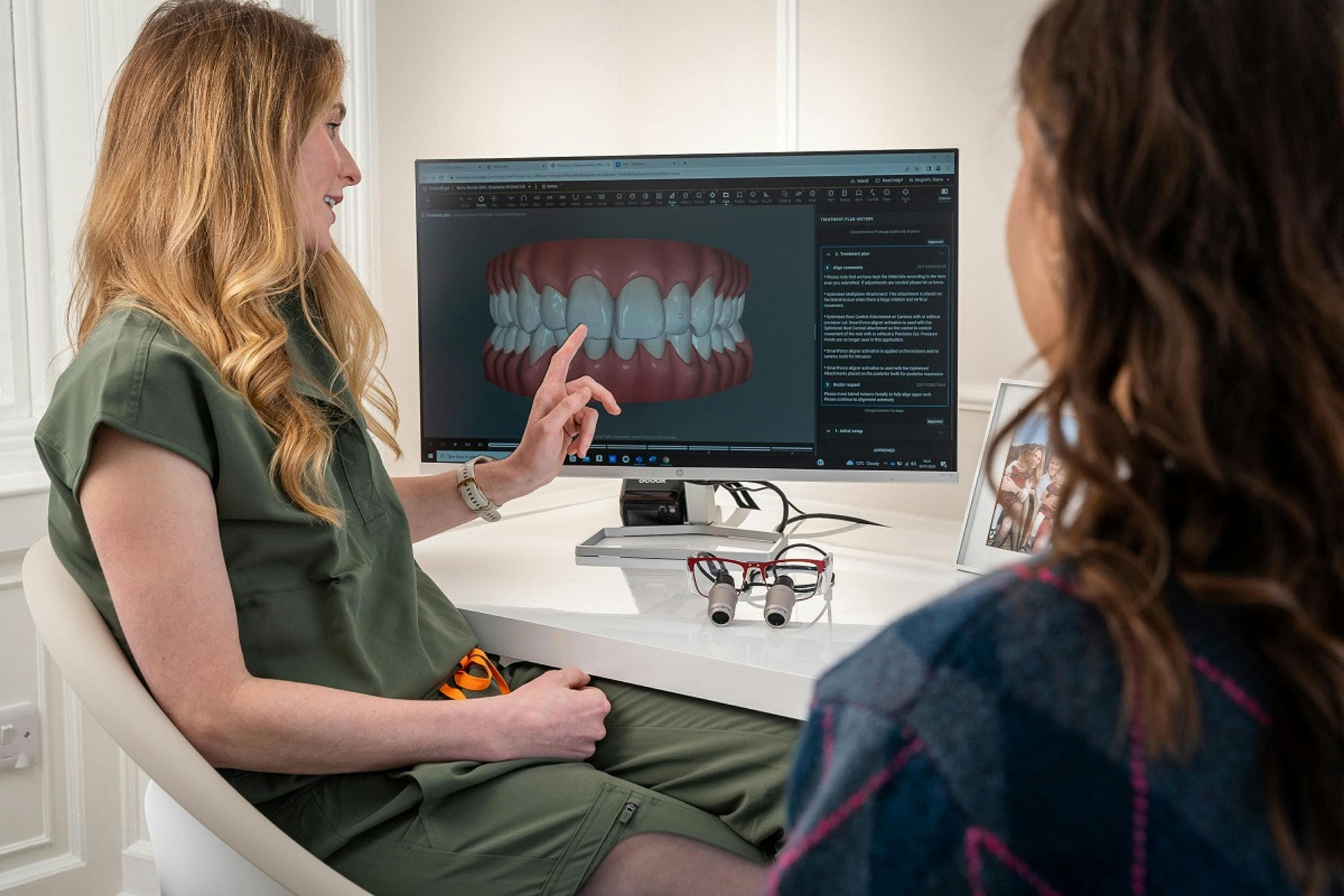
Joey Weiler
December 4, 2022
Introduction to AI Agents in Dentistry
Robots set to take on more complex tasks in the future

Introduction to AI Agents in Dentistry
AI agents are revolutionizing the dental industry, offering unprecedented opportunities to enhance patient care and boost office efficiency. These intelligent systems are transforming various aspects of dental practice management and patient interaction. One of the primary benefits of AI agents in dentistry is the automation of routine patient interactions. For instance, AI-powered solutions like Talkdesk AI Agents for Healthcare are designed to handle common patient queries, schedule appointments, and personalize the healthcare experience. This automation not only improves efficiency but also enhances patient satisfaction by providing quick and accurate responses to their inquiries. In the realm of surgical care, AI is making significant strides. While not specific to dentistry, the advancements in AI-driven surgical care are applicable to dental procedures as well. AI technologies are optimizing workflows, improving surgical precision, and reducing risks, all of which contribute to better patient outcomes and experiences in dental surgeries.
Streamlining Workflows: AI's Role in Administrative Tasks
AI is revolutionizing administrative tasks in dental offices, streamlining workflows and reducing the burden on staff. One of the most significant areas where AI is making an impact is in patient billing. Cedar, a patient financial experience platform, has integrated empathetic AI capabilities to transform how patients interact with their healthcare bills. This AI-driven approach not only streamlines the billing process but also enhances patient engagement, potentially leading to improved collections and patient satisfaction. Scheduling and patient follow-ups are also being transformed by AI. Webex Contact Center's integration with Epic's electronic health record (EHR) system demonstrates how AI can empower dental staff with real-time access to patient data. This integration enables automated, personalized communication for appointment reminders, care plan updates, and billing notifications.
Case Study: AI Implementation in a Successful Dental Practice
Smile Bright Dental, a forward-thinking practice in Seattle, has revolutionized its operations through strategic AI implementation. Dr. Sarah Chen, the lead dentist, reports a 30% increase in diagnostic accuracy since adopting machine learning algorithms for analyzing X-rays and CBCT scans. "Our AI system can detect early signs of cavities and periodontal disease with remarkable precision," says Dr. Chen. The practice faced initial challenges, particularly in staff training and data integration. However, the investment paid off. Patient wait times have decreased by 20%, and treatment planning is now more efficient and personalized. One unexpected benefit was the improvement in patient education, leading to a 15% increase in treatment acceptance rates.
Future Trends: AI Innovations on the Horizon for Dental Practices
AI innovations are set to revolutionize dental practices, offering enhanced diagnostic capabilities, improved patient care, and streamlined practice management. Machine learning algorithms are already transforming various aspects of dentistry, particularly in the analysis of large datasets from X-rays, CBCT scans, and intraoral images. The integration of AI with emerging technologies like optogenetics is opening new frontiers in dental research and patient care. Optogenetic studies of brain responses to dental pain, combined with machine learning analysis, could lead to the development of predictive pain models. This advancement has the potential to revolutionize pain management strategies in dental practices.
Best Practices for Integrating AI into Your Dental Office
To ensure a smooth transition, dental offices should focus on strategic implementation and team preparation. Start by identifying specific areas where AI can add immediate value. When introducing AI tools, prioritize comprehensive training for all team members. Emphasize the collaborative nature of AI in dentistry. AI should be viewed as a tool to enhance human expertise, not replace it. Data privacy and security should be at the forefront of your AI integration strategy. Establish robust governance protocols to ensure compliance with healthcare regulations. Start small and scale gradually, beginning with pilot projects in specific areas of your practice.
Sources
Fierce Healthcare - Pulse Check: Healthcare AI Conversations at VIVE Centered on Concrete Use Cases
Healthcare IT News - Healthcare Workforce Being Changed by AI and Emerging Technologies
HIT Consultant - ModMed Secures Growth Investment from Clearlake Capital
HIT Consultant - Surgical Care: AI and Smart Design for Better Efficiency and Patient Experience
HIT Consultant - Talkdesk Launches AI Agents for Healthcare for Automation
HIT Consultant - Webex Contact Center Integrates with Epic to Enhance Patient Experience
HIT Consultant - Cedar Integrates Empathetic AI Capabilities in Patient Billing Experience